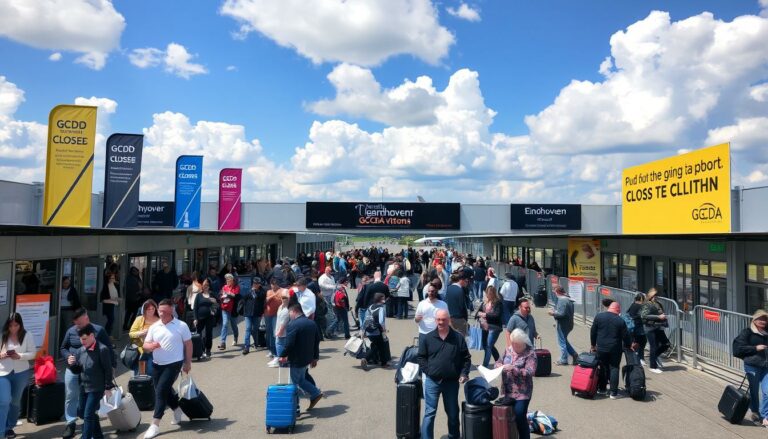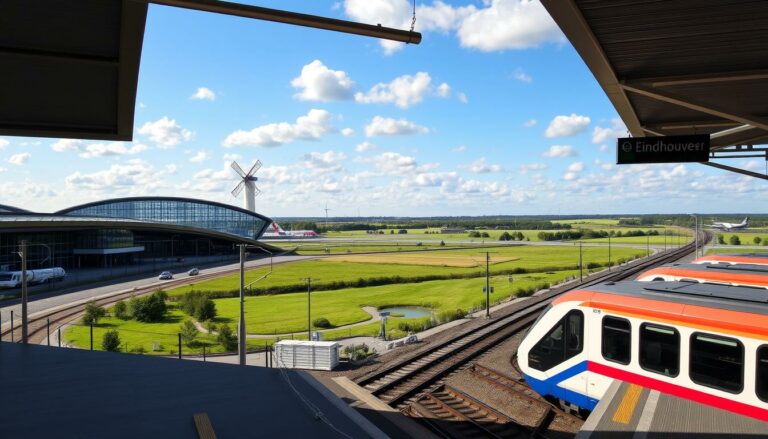
The Grand Cooperative Driving Challenge (GCDC) 2016 turned out to be a resounding success, captivating an international audience with exciting demonstrations of self-driving vehicles. Held in Helmond, the event drew a sizable crowd, eager to witness the future of autonomous transportation.

And the Winner Is…
The Swedish team from Halmstad University clinched the first prize, with the German team KIT AnnieWay and the Swedish KTH truck team taking second and third place, respectively. The top three teams were awarded NVIDIA Jetson TX1 developer kits—an advanced platform designed for Deep Learning and Artificial Intelligence applications.
As the overall winner, Halmstad University received additional rewards, including one month of scientific research support, two weeks of research consultancy, and a masterclass on cooperative automated driving. These prizes, valued at €25,000, were co-organized by TU/e and TNO to foster further developments in cooperative driving.

Who Can Join?
The GCDC 2016, a competitive event for cooperative and automated driving, was a central feature of the i-GAME project—an initiative supported by the European Commission. The competition, held from May 28-29, 2016, in Helmond, the Netherlands, featured 10 student teams from six European countries. These teams were challenged to demonstrate their proficiency in cooperative and autonomous driving across three traffic scenarios on the A270 highway.
The Competition
The highway was temporarily closed to test three complex traffic scenarios:
- Merging two rows of vehicles into one
- Automated intersection crossing and turning
- Yielding automatically to an emergency vehicle
This event was part of the Dutch Technology Week, drawing approximately 2,000 visitors on Saturday and 120 mobility experts from around the world on Sunday.
What’s New?
As road traffic continues to grapple with congestion, safety issues, and emissions, the integration of automated driving technologies and vehicle-to-vehicle (V2V) and vehicle-to-infrastructure (V2I) communication is seen as a potential solution. The GCDC and the i-GAME project aim to lay the foundation for cooperative automated driving by establishing common communication protocols and safety regulations, enabling vehicles from different manufacturers to collaborate on the road.





